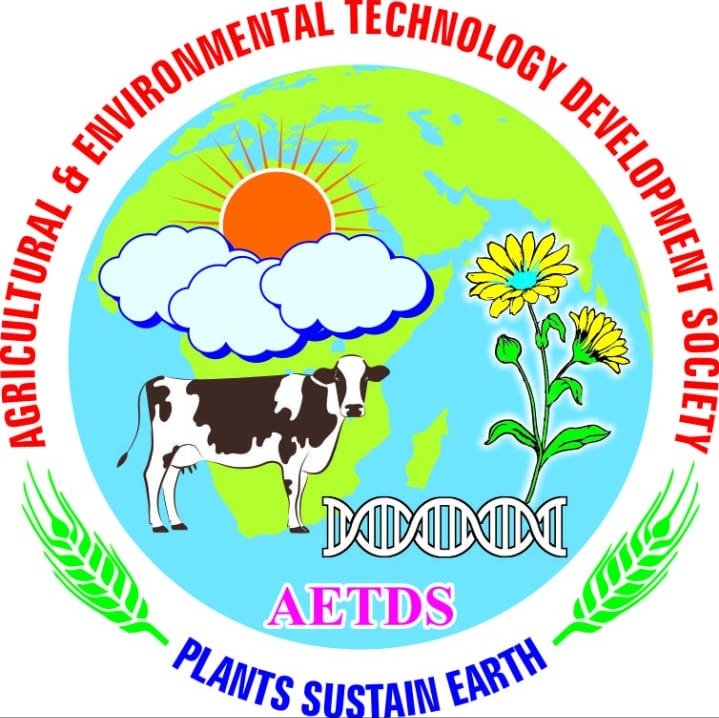
Secretary
Agricultural & Environmental Technology Development Society
Contact
Copyrights © 2024 All Rights Reserved. Powered by AEDTS

International Journal of Agricultural and Applied Sciences, June 2023, 4(1): 132-138
ISSN: 2582-8053
https://doi.org/10.52804/ijaas2023.4122

Review Article
The potentiality of GIS for assessing soil pollution – A review
Ali R. A. Moursy, Osama K. A. Abdelhamid, and Jihad M. A. Abd-Elmajid
Soil and Water Department, Faculty of agriculture, Sohag University, Sohag, 82524, Egypt
*Corresponding author e-mail: ali.refaat@agr.sohag.edu.eg
(Received: 20/02/2023; Revised: 14/05/2023; Accepted: 26/06/2023)
ABSTRACT
The assessment of soil pollution is only one instance where geographic information systems (GIS) have shown to be an invaluable tool in environmental management and assessment. Globally, there is growing worry over soil pollution since it can have catastrophic repercussions on plant, animal, and human life. A more in-depth understanding of the scope and severity of contamination is made possible by GIS, which offers a flexible and all-encompassing method to studying and assessing soil pollution. With the aid of GIS technology, precise maps of soil contamination may be produced by combining data from numerous sources, such as remote sensing, aerial photography, and ground surveys. This information can then be evaluated using a variety of techniques, such as spatial analysis, to pinpoint polluted areas, possible sources of pollution, and the effects they are most likely to have on the environment and human health. By making it easier to identify sensitive regions that need additional research or remediation, GIS can also help with the analysis of the risk of pollutant movement and dispersion. Comparing GIS to conventional methods for assessing soil pollution has various benefits. First of all, it enables a more thorough and in-depth examination of the degree and breadth of contamination, enabling the identification of locations that need urgent care. Second, it makes it easier for different stakeholders, such as environmental agencies, researchers, and policymakers, to share data and information, enabling better decision-making. Thirdly, it makes it possible to monitor and control soil contamination more effectively, allowing for the early detection of potential issues and the implementation of suitable corrective actions. In general, GIS technology is a useful tool for assessing soil pollution since it offers a more thorough and knowledgeable approach to environmental management. It is a crucial tool for environmental experts engaged in the assessment and control of soil pollution due to its capacity to combine different data sources, perform spatial analysis, and promote information sharing.
Keywords: GIS, soil pollution, contaminants, risk assessment, mapping.